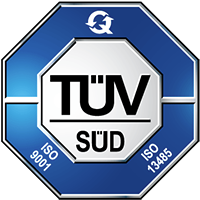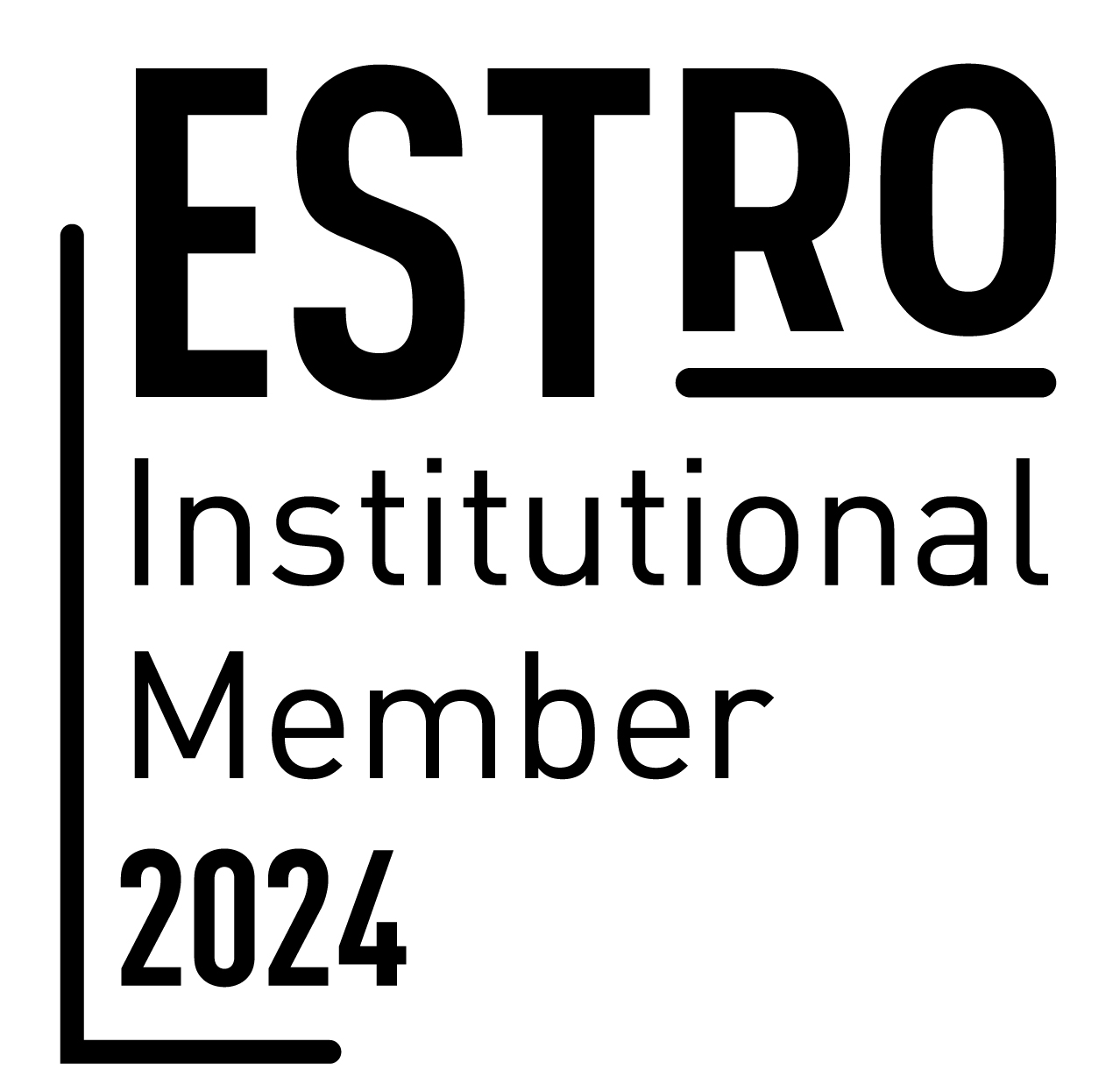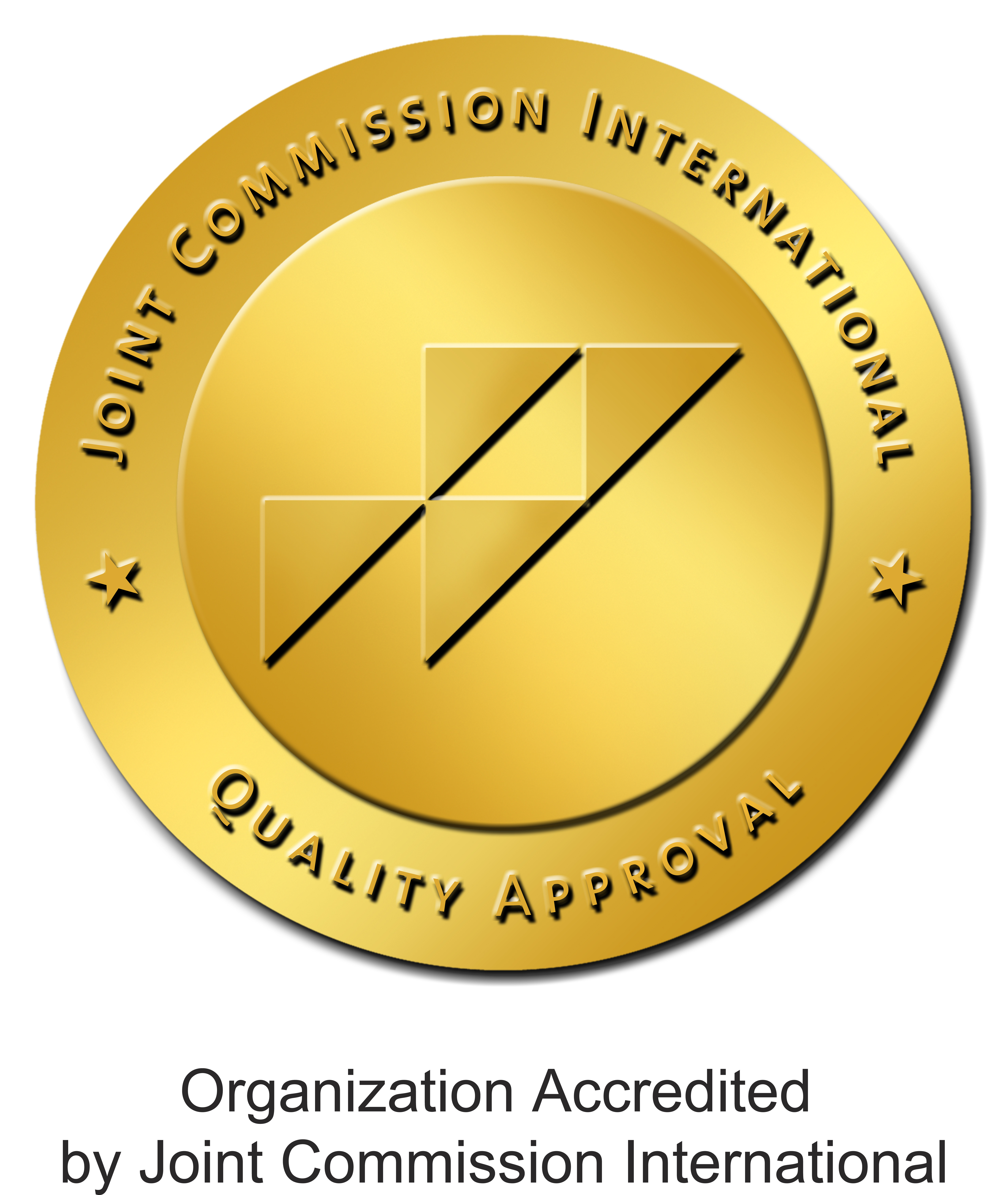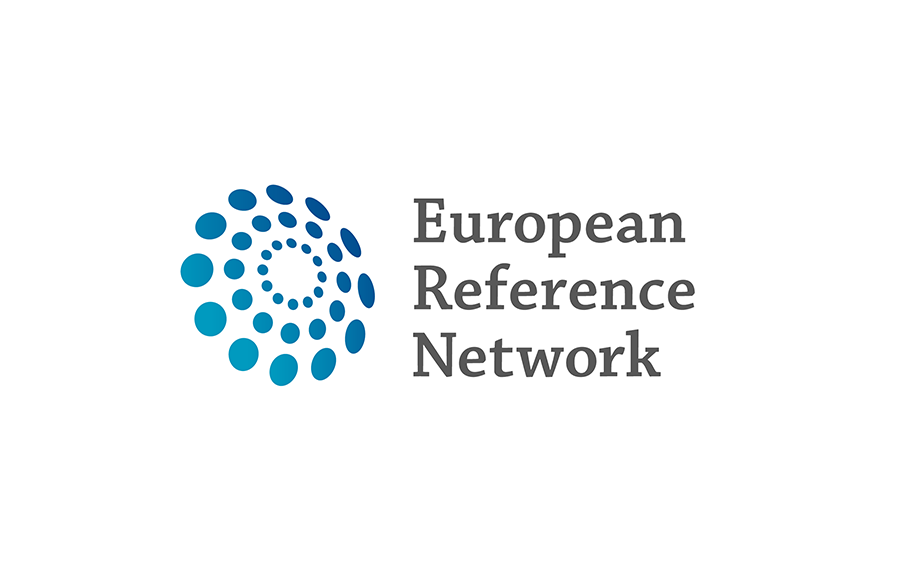Want to submit your case? Click HERE
A chordoma is a rare tumour that develops at the level of the spine from the residual notochord. The notochord is the embryonic structure that regulates the growth of cranial bones and the vertebral column, and which, during skeletal development, usually becomes the nucleus pulposus of the intervertebral disc. If this does not happen, the residual notochord cells degenerate into malignant cells, forming a chordoma.
Chordomas typically arise in the area of the sacrum or in the skull base, that is, at both extremes of the vertical column, but this type of tumour may develop at any point along the midline, even at the level of one of the vertebrae. This type of tumour involves the sacrococcygeal region in 50-60% of cases, the spheno-occipital region in 35% and the spine in 15%. Although it is a slow-growing benign tumour, a chordoma can invade the nearby bone tissue and compress (and sometimes damage) the adjacent nervous structures. A chordoma is characterised by a high recurrence rate, that is, it grows back after treatment. That is why a long-term follow-up is required. On the other hand, cases of metastasization are rare.
Skull base chordomas represent 0.1% of all intracranial tumours and are generally located in the clivus region. They develop equally in both sexes and generally affect an average age in the range of 10 to 38 years, although rare paediatric cases of children affected by this type of cancer already around their first 4-5 years of life have been reported in the literature.
Causes of skull base chordomas
As it has been previously described, chordomas develop from the cells of the notochord, an embryonic structure that helps in the development of the vertebral column. A large part of the notochord usually disappears when the foetus is around 8 weeks, while the remaining cells stay in the cranial bones and the vertebral column.
So far, it is not yet fully clear why notochord cells turn into tumours in some people.
Symptoms of skull base chordomas
The symptoms of skull base chordoma depend on the size and location of the lesion. Since this type of tumour grows very slowly, it usually appears only when it has reached large dimensions or particular positions. Precisely because of the different areas in which the skull base chordoma can develop and spread, its symptoms cannot be easily defined.
In skull base chordomas, the following symptoms can appear:
- Diplopia
- Facial pain
- Neck pain
- Headaches
- Dysphagia
- Facial sensitivity
- Occipital neuralgia and retro-orbital pain
- Dysphonia
- Visual field defects
- Hearing loss
- Ataxia
- Dizziness
As it is a slow-growing tumour, there is usually an average period of 15 months from the onset of the first symptoms to the right diagnosis.
Diagnosis of skull base chordomas
The difficulty of a correct diagnosis for skull base chordomas lies in the fact that the symptoms of this pathology are common to other pathologies. Therefore, a multidisciplinary approach is required; it includes different evaluations such as neurological, neuro-ophthalmic, otolaryngologic and dedicated radiological examinations.
Neurological examinations are aimed at finding:
- brain stem lesions
- cranial nerve lesions
Neuro-ophthalmic examinations include:
- visual acuity testing, that is, assessing the quality of vision
- campimetry, that is, an examination of the visual field
- eye movement examination, to determine the extent of compression of the optic pathways and cranial nerves
Otolaryngologic evaluation applies if there are:
- swallowing disorders
- voice alterations
Radiological examinations include:
- MRI (magnetic resonance imaging) with targeted contrast agents
- NMR (nuclear magnetic resonance) of the whole spine
- CT (computed tomography)
In some cases, the physician may also request:
- MRA (Magnetic resonance angiography)
- CT angiography
- histology lab exams
- cerebral angiography
- biopsy
This series of tests help to provide an exact diagnosis to the patient, although it is at the doctor's discretion to decide whether to all these tests or only some of them are needed.
Treatment of skull base chordomas
Skull base chordoma is known as one of the most difficult benign tumours to treat due to its location and tendency to recur. Treating this kind of chordomas frequently requires multidisciplinary procedures: the tumour mass is surgically removed due to bone invasion; however, complete removal is seldom possible. Therefore, and since this type of tumour has a tendency to recur, radiation therapy with protons or carbon ions is subsequently used.













